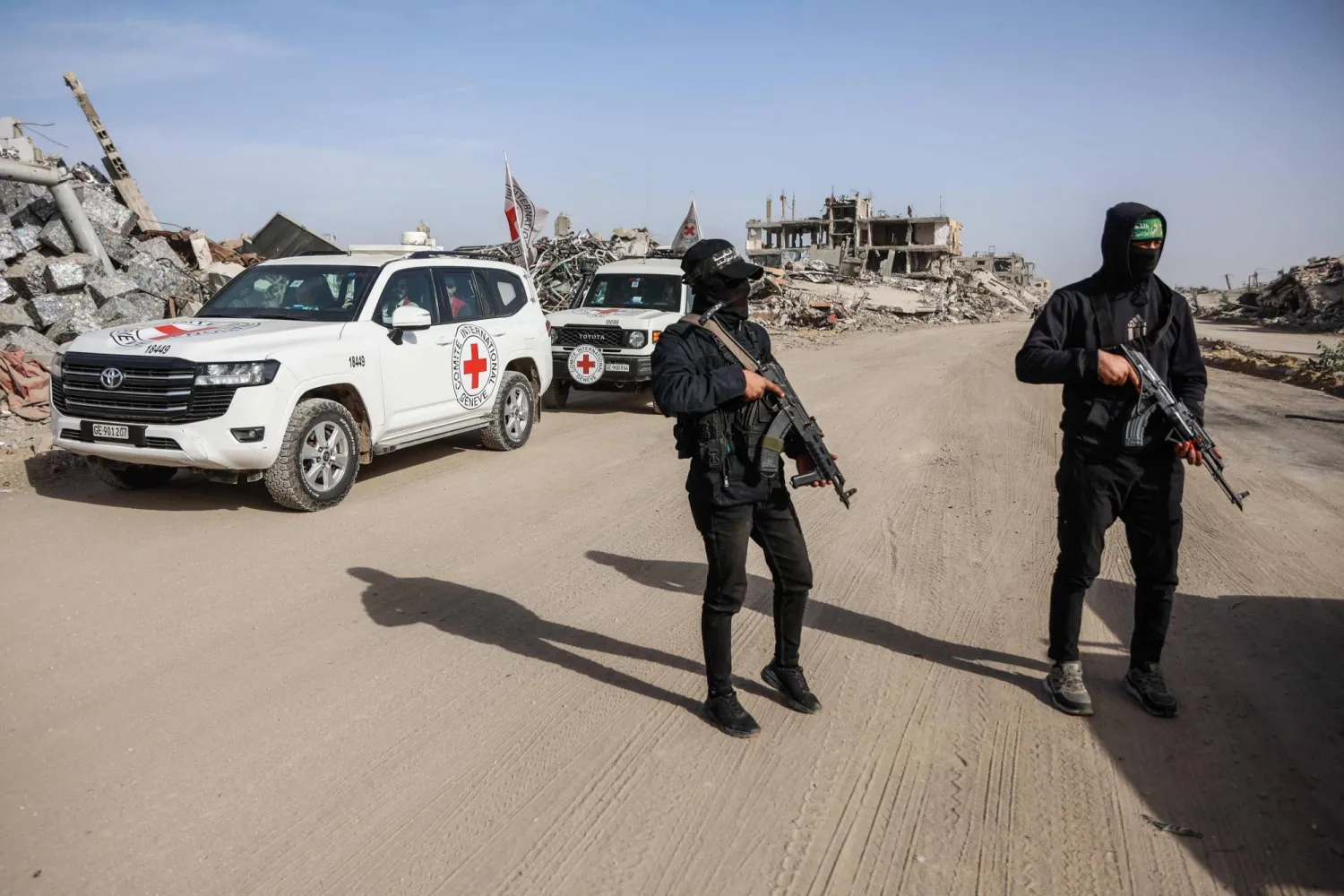The dispute over the US military presence in Iraq has raged and the attacks on the US embassy in the Green Zone in central Baghdad have not abated as the Iraqi army continues to pursue ISIS cells in western and northern provinces.
The leader of the Sadrist Movement, Muqtada al-Sadr, warned about what he called “losing Iraq” amid rocket attacks and assassinations carried out by some factions of the Popular Mobilization Forces (PMF).
“You should know that the things some armed groups affiliated with this broad force (the PMF) are doing is weakening Iraq, its people and state, which means strengthening the external forces, on top of which is the great evil America.”
The Fatah Alliance led by Hadi Al-Amiri condemned attacks that targeted diplomatic missions and official institutions. In a statement released on Thursday, the Alliance said: “These actions undermine the state and its authority.”
"The PMF has always been the primary defender of Iraq, its unity and its sovereignty, alongside our brothers in the security forces."
He urged its fighters to abide by the law and distance themselves from everything that harms Iraq.
In turn, the spokesman for the US-led international coalition fighting ISIS, Colonel Wayne Marotto, said that the groups who launched the attacks are “outlaws”.
He pointed out that their attacks do not threaten coalition forces in as much as they threaten Iraqi forces, adding that all necessary self-defense measures are being taken.
In its update on counterterrorism efforts, the Security Media Cell announced a search mission for ISIS remnants in the borders between Kirkuk, Saladin and Diyala on two axes.
Led by the Fifth Division of the Federal Police and its local units, “the first axis comprises searching the area between the Zghaitoun Valley and the Hemrin mountain range.”
As for the second axis, it sets out to search the area between the Qori Al-Shay Bridge to the Sarh Bridge, [and is led by] the divisions of the Infantry Brigade 52, Rapid Intervention Brigrade/ Brigade 3 and Al-Hashd Brigade 52.”









